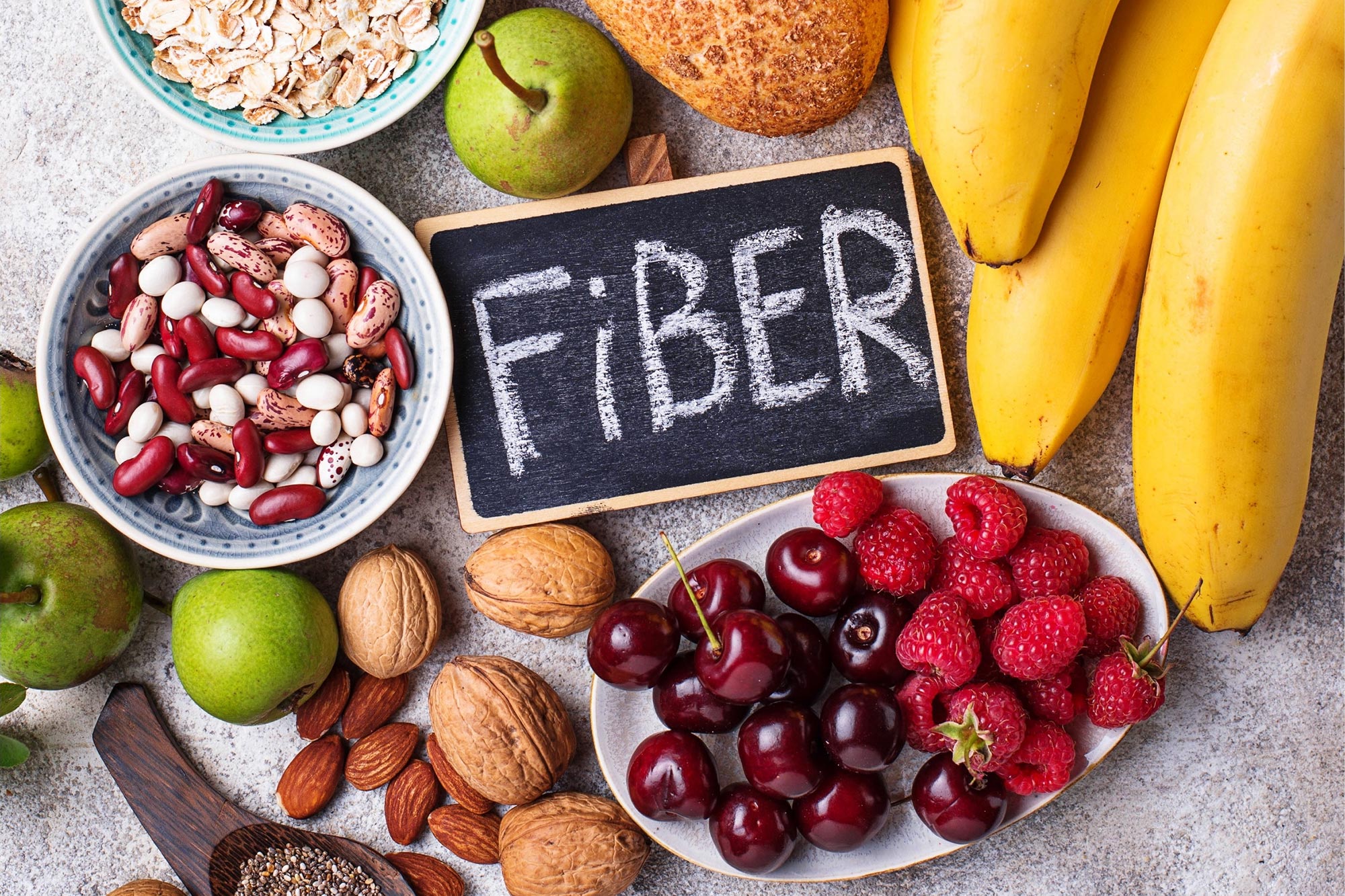Health Benefits of Dietary Fiber Vary
By CELL PRESS

According to a new research study, the health benefits of dietary fiber vary across individuals and may depend on the specific type of fiber and the dose consumed.
Researchers revealed in the journal Cell Host & Microbe on April 28th, 2022, that
the health benefits of dietary fiber vary between individuals and may depend on
the precise kind of fiber and the dose taken.
“Our results demonstrate that the physiological, microbial, and
molecular effects of individual fibers differ substantially,” says senior study
author Michael Snyder, a geneticist at Stanford School of Medicine. “Further,
our results demonstrate the tantalizing prospect of using targeted fibers,
mediated by the microbiome, to drive health and systems biology in a
predictable, personalized direction.”
High-fiber diets reduce the risk of heart attack, stroke, and
cardiovascular disease. They act by lowering cholesterol and promoting a
healthier lipid profile for people eating a Westernized diet. Dietary fibers are
carbohydrates that are selectively metabolized by gut microbes but are
otherwise indigestible by humans. Understanding how they affect the microbiome
and in turn human biochemistry and physiology is critical for effectively using
dietary fiber supplementation to improve human health.
Chemically, fibers are diverse in length, branching, charge,
solubility, and other properties. “They are usually studied as complex mixtures
from their plant source,” Snyder says. “There is a need for determining the
unadulterated effects of individual fibers on the microbiome and for
establishing associated health biomarkers, ideally by testing different fibers
on the same individuals.”
To address this need, Snyder and his colleagues set out to understand how purified individual fiber components affect the same group of participants. Specifically, they investigated the physiological effects of dietary supplementation with two common and structurally distinct soluble fibers: arabinoxylan (AX), which is common in whole grains, and long-chain inulin (LCI), which is found in onions, chicory root, and Jerusalem artichokes.
The researchers used stool metagenomics, plasma proteomics, metabolomics, lipidomics, and
analyzed serum cytokines and clinical values in 18 participants. “Fiber is
associated with improved metabolic and cardiovascular health, but understanding
the effects of individual fibers on microbial and metabolomic response has not
been studied using a multiomics dataset,” Snyder says.
The participants consumed 10 grams of fiber per day during the first week, 20 grams per day during the second week, and 30 grams per day during the third week. The results revealed fiber- and often dose-dependent microbial and systemic responses.
On average, AX consumption was associated with
a significant reduction in low-density lipoprotein (LDL), known as the bad
cholesterol, and an increase in bile acids, which may be contributing to the
cholesterol reduction. Yet individual responses varied, and some participants
saw little to no change in cholesterol levels.
“Several high-fiber foods have cholesterol-reducing effects, and
our study suggests that these reductions may be driven by individual
constituents of the mix of fibers in unrefined plant foods,” Snyder says.
Meanwhile, LCI was associated with a modest decrease in
inflammation markers and an increase in the abundance of Bifidobacterium—a generally beneficial type of gut
microbe known to produce healthy short-chain fatty acids. But at the highest
dose, there was an increase in inflammation and levels of a liver enzyme called
alanine aminotransferase, suggesting that too much of this fiber may be
harmful. Again, these potentially negative responses were variable across the
participants.
Two limitations of the study were its short duration and the small
number of participants. But according to the authors, the study provides
insights into mechanisms behind fiber-induced cholesterol reduction, reveals
the deleterious effects of high inulin consumption, and highlights the
association of individual, purified fibers with the microbiome.
“Overall, our findings show that the benefits of fiber are
dependent on fiber type, dose, and participant—a landscape of factors resulting
from interactions between fiber, the gut microbiome, and host,” Snyder says.
“These results have important implications in personalized response and
interventions.”
Reference: “Global, distinctive, and personal changes in molecular
and microbial profiles by specific fibers in humans” by Samuel M. Lancaster,
Brittany Lee-McMullen, Charles Wilbur Abbott, Jeniffer V. Quijada, Daniel
Hornburg, Heyjun Park, Dalia Perelman, Dylan J. Peterson, Michael Tang, Aaron
Robinson, Sara Ahadi, Kévin Contrepois, Chia-Jui Hung, Melanie Ashland, Tracey
McLaughlin, Anna Boonyanit, Aaron Horning, Justin L. Sonnenburg and Michael P.
Snyder, 27 April 2022, Cell Host & Microbe.
DOI:
10.1016/j.chom.2022.03.036
Funding was provided by the National Institutes of Health and the
National Center for Complementary and Integrative Health. The authors declare
no competing interests.